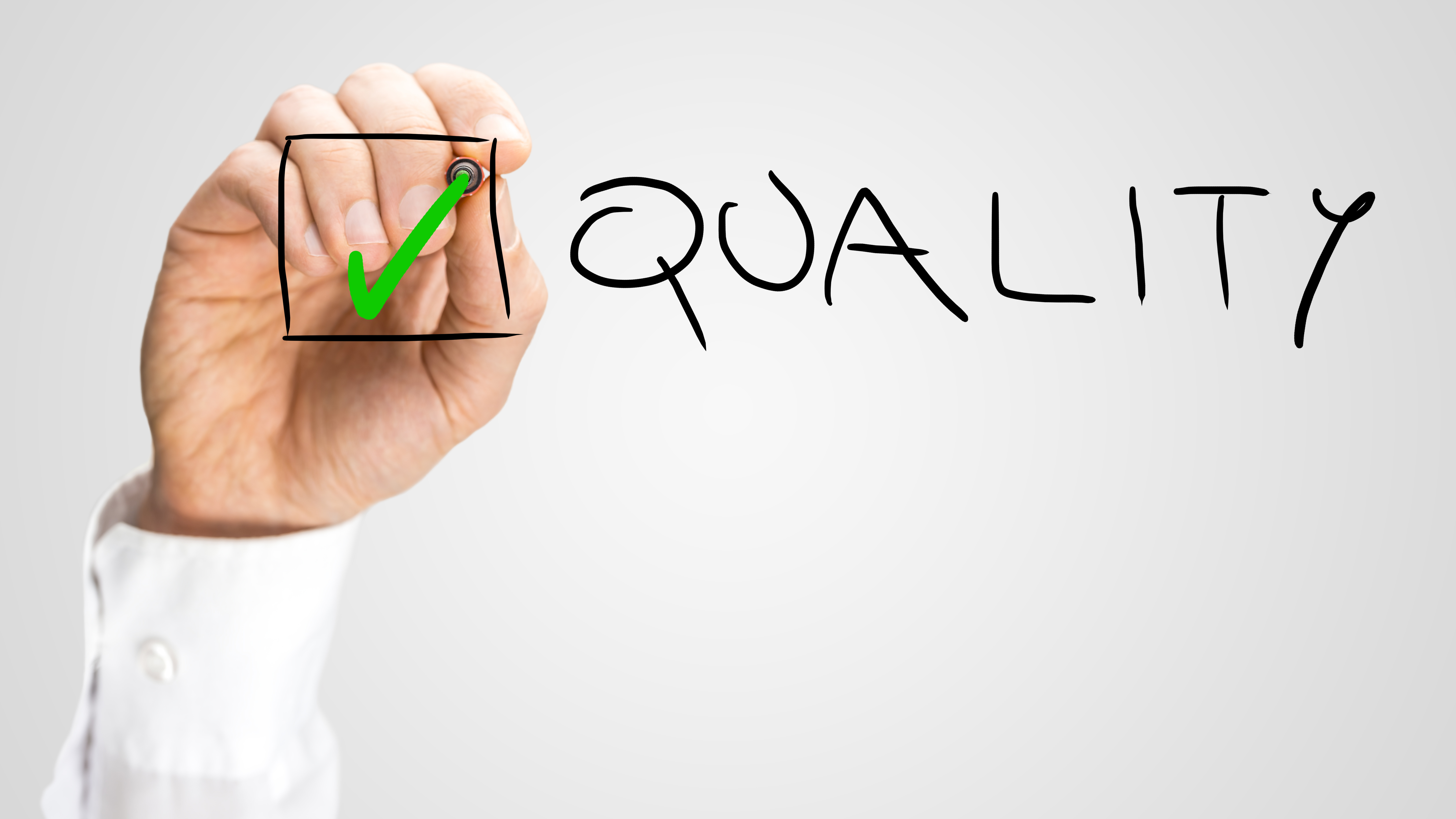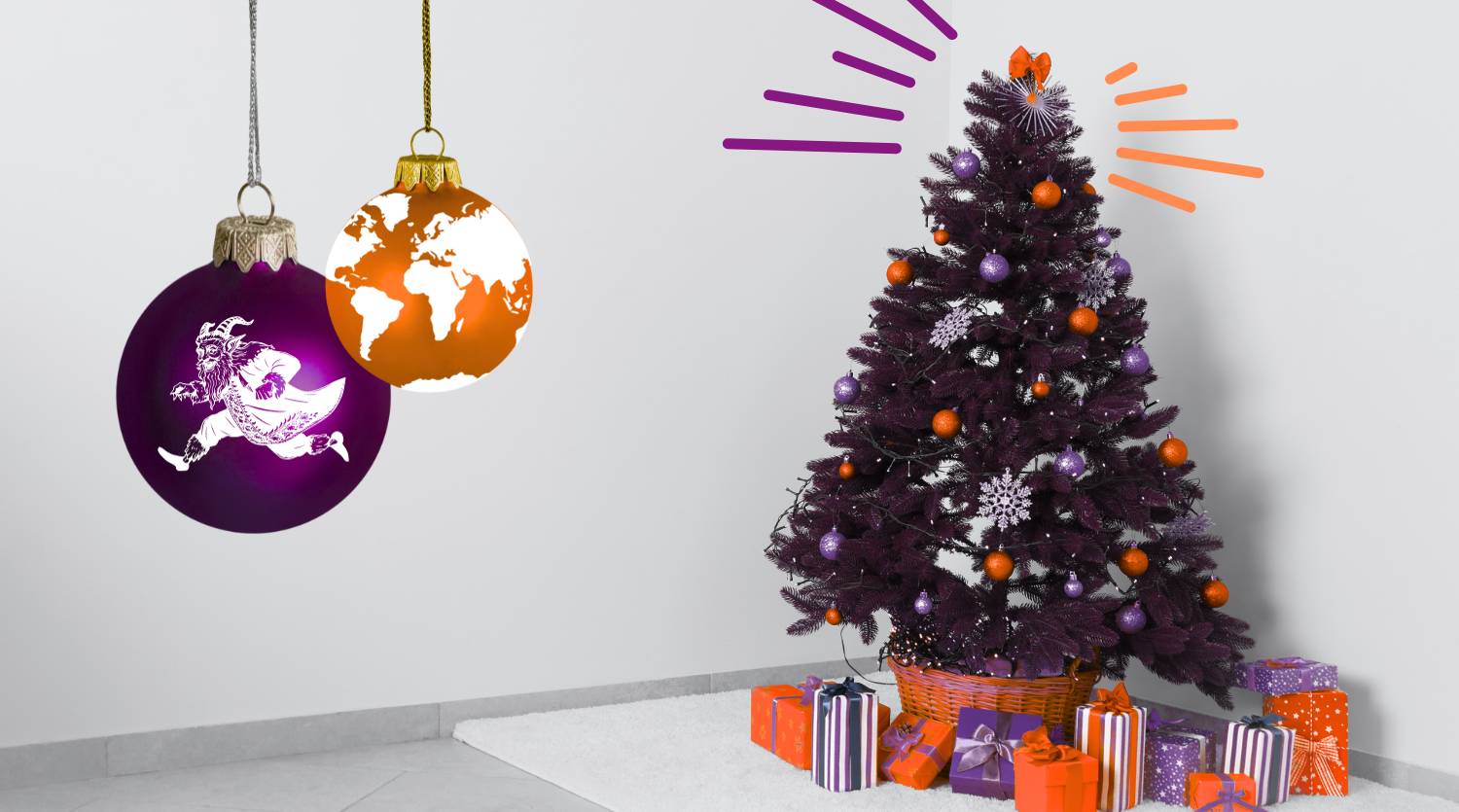5 Steps To Ensure The Best Quality Translation
HOW DO WE DEFINE “TRANSLATION QUALITY”?
Defining translation quality can be challenging. Aside from objective errors such as typos, grammar mistakes, mistranslations or missing text, localised content can be subjective in many instances. It can happen that there are different ways of translating the same term, phrase, or paragraph, depending on the approach taken by the linguist and the client’s preferences.
However, in general terms, we can define “translation quality” by focusing on the following aspects:
- The translated content reads like it was written by a native speaker of the target language with expertise in the relevant field.
- It accurately and effectively conveys the original meaning to the target audience.
- It meets the client’s requirements.
With this in mind, let’s look at some steps to ensure that no one gets lost in translation!
1. HAVING A DEEP KNOWLEDGE OF THE BRAND, CONTENT, AND TARGET AUDIENCE
Before proceeding with any translation work, the client should provide a detailed briefon the brand, the assets requiring translation and where these are going to be used, as well as which audience they would like to target. Previous translations can be helpful for reference.
With this information available, linguists can start their work with specific guidelinesand enough reference material to deliver great quality.
2. SELECTING THE RIGHT LINGUISTS
Translation skills can be very specific and aren’t always transferable.
For this reason, it is essential to have a varied pool of translators and proofreaderswho are native speakers of the language they localise into, ideally based in-market, and with experience in the translation field they will be working on.
The type of content will determine which linguists are the most appropriate to carry out the translation based on their experience and specialisation: a legal translator might not be the best option to work on a marketing campaign, or a technical translator for a fashion newsletter etc.
3. CREATING A STYLE GUIDE AND GLOSSARY
Before starting to work with a new client, it is very important to perform some background research on the brand.
A style guide will define the language rules that apply to a specific brand and language, including guidelines about the preferred tone of voice, as well as grammar and spelling rules, whereas a glossary includes a list of specific terms commonly used by the brand together with their equivalents in the target language.
Both style guides and glossaries are key to maintaining consistency and efficiency throughout the different translations carried out for the same brand, as well as to provide linguists with the right tools to optimise the time they spend on polishing the style and readability of the translation.
4. USING A TRANSLATION MEMORY SOFTWARE TO ENSURE CONSISTENCY
A Translation Memory (TM) is a linguistic database where all the translated content for a specific brand and language combination is stored.
One of the main benefits of using a Translation Memory is that any content that was previously translated and approved doesn’t need to be translated again, as the repeated content will be automatically populated, ensuring consistency throughout the different files localised for the same brand.
5. PROOFREADING AND QA STAGE BEFORE DELIVERY TO THE CLIENT
Translation is a human process after all, so the proofreading and QA stages shouldn’t be underestimated in the localisation process.
The proofreading step is usually performed by a second in-market linguist right after the translation has been completed by the translator. The proofreader will review the translated content to make sure there is consistency between the source and target text and will check linguistic quality in terms of grammar, spelling and translation flow.
Quality Assurance (QA) is the final step of review in which the content is evaluated to make sure all the previous steps have been followed and the translated content meets the client’s expectations.
THE DEFINITION OF QUALITY
Despite the lack of consensus in the definition of quality in the field of translation and localisation, there is no doubt that it is of vital importance. Adopting the best practices described above can help all parties involved in the localisation process to achieve their objectives.
To find out how Locaria can help you streamline your translation and localisation processes, visit our services pages, or contact us for a quote today.



